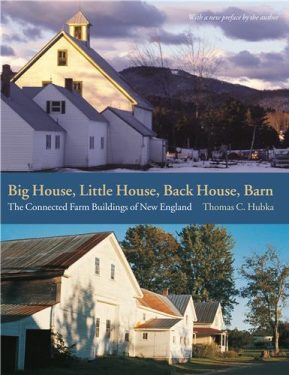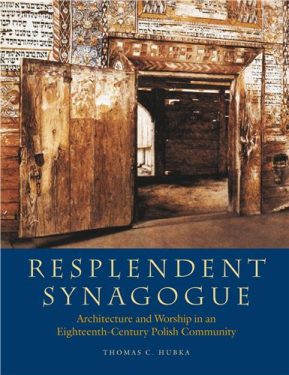[Hudson Valley Ruins] takes a middle road between the extravagant picture-book of erstwhile luxury estates and the scholarly architectural catalog, giving overviews of endangered sites by region, and telling in detail the life stories of several properties in each area. The ‘ruins’ encompass not only empty mansions but also the detritus of commerce: cement mines, gargantuan icehouses, the submerged hulks of steamboats, even an early electric-power station. These histories are individually riveting and cumulatively alarming. One rushes through these place-portraits to find out whether the architectural protagonist makes it in the end, or dies owing to neglect or ruthlessness. Hudson Valley Ruins reminds us of the callous disregard of the future for today’s wealth and power, no matter how grand. One may keep up with the Joneses, perhaps, but not with the onslaught of time.









